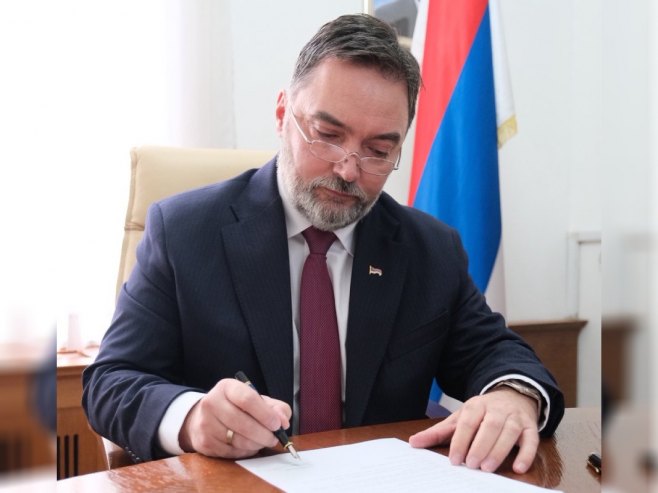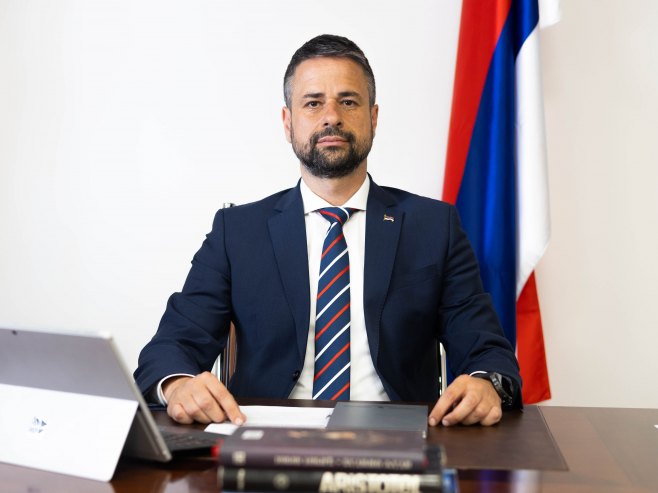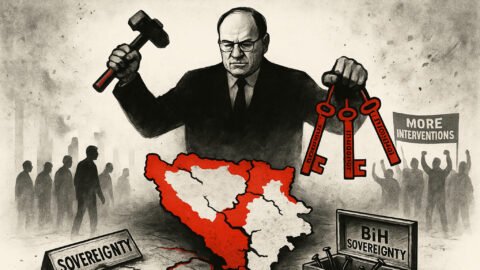Solar or wind energy cannot ensure energy stability, and every country needs a reliable electricity production system to secure economic growth – something that can be achieved through the construction of nuclear power plants.
This was stated for Glas Srpske by Professor Dr. Miodrag Mesarović of the Academy of Engineering Sciences of Serbia, who was once part of the team that selected the location and concept for the Krško nuclear power plant.
Commenting on the fact that Serbian authorities recently began negotiations with the Russian state corporation Rosatom on building a nuclear plant—following last year’s lifting of the moratorium on nuclear construction and a French preliminary study on the peaceful use of this energy—Mesarović emphasized that Serbia is entering the project with increasing seriousness. According to him, such a project would bring not only energy and economic benefits but also geopolitical ones. He recalled that the moratorium had been in place since 1989 after the Chernobyl disaster and was only lifted in November of last year.
Mesarović pointed out that today’s civilization faces two major challenges: the growing need for electricity and reducing environmental pollution. He added that experts agree nuclear energy is increasingly recognized as a base source—providing stable, clean electricity continuously and under all weather conditions. He stressed, however, that if Serbia decides to embark on such a project, it would take at least twenty years of preparation and implementation, particularly to educate a sufficient number of experts, who are currently lacking in Serbia. He reminded that when Yugoslavia decided to enter the nuclear program, it first sent people abroad for education and specialization, granting them scholarships. That effort began in 1955, and it took 28 years until Krško was built and commissioned in 1983. The former Yugoslav nuclear program had envisioned four nuclear plants: Krško in Slovenia, Prevlaka near Zagreb, and two more along the Danube.
“By the end of last year, we finally freed ourselves from the burden of that moratorium. If another nuclear power plant had been built in the former Yugoslavia, the state would never have fallen apart, because such facilities also carry geopolitical weight. Now we again have the opportunity to plan the first nuclear plant in Serbia. But nothing can happen overnight. I don’t think it’s realistic before 2045. Appropriate experts must be trained. As for the location, it would most likely be somewhere along the Danube, at sites already planned back in Yugoslav times,” said Mesarović, adding that Republika Srpska would also undoubtedly benefit greatly from such a project due to its special ties with Serbia.
Responding to criticism that nuclear energy is too expensive, he argued that if someone invests in something meant to last at least 80 years while ensuring energy stability, it cannot be considered costly.
“Is it expensive if it pays off in 20 years, and everything after that is pure profit? I believe investment in nuclear energy is the most profitable,” said Mesarović.
When asked about the cost of building a nuclear plant, he explained that it depends primarily on where the equipment is purchased and who the investor is—private or state. He argued that for Serbia, the state option is better and that the ideal partner would be Russia’s Rosatom, a global leader in nuclear energy. What sets them apart, he said, is that they provide not only the equipment and technology but also the fuel supply and, importantly, take care of nuclear waste by transporting and storing it in Russia.
“Rosatom already has such agreements with Hungary, Egypt, and Turkey, where four nuclear power plants are planned, with the first soon to be put into operation,” Mesarović added.
Safety
Rosatom has repeatedly confirmed its readiness to partner with Serbia. Most recently, Sergey Margelov, head of the company’s division for Central Europe, stated that construction of a nuclear plant in Serbia would take around eight to ten years. He emphasized that when Rosatom builds such facilities, they are delivered on a “turnkey” basis, and are designed to withstand earthquakes, tsunamis, floods, and even the crash of large aircraft.
Source: RTRS









